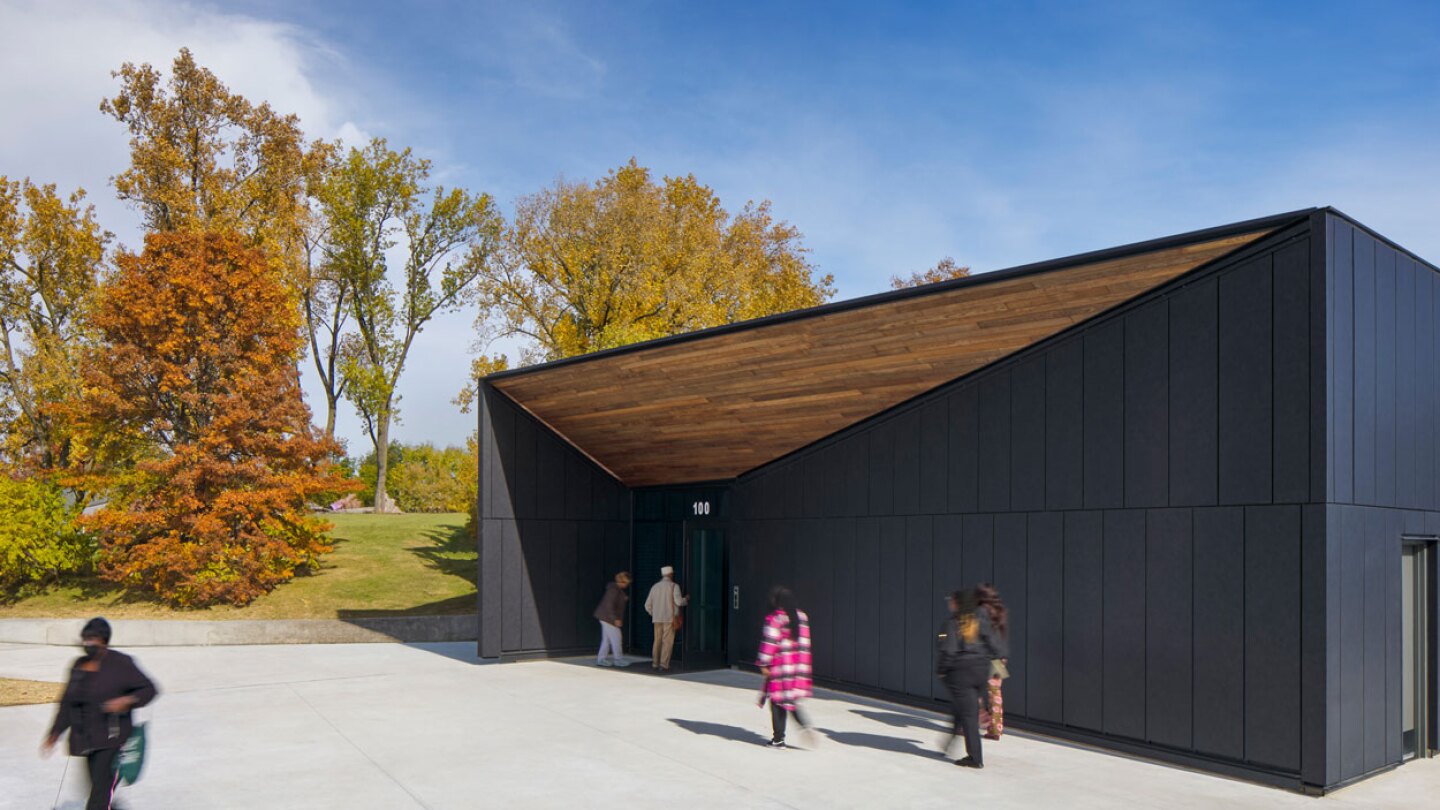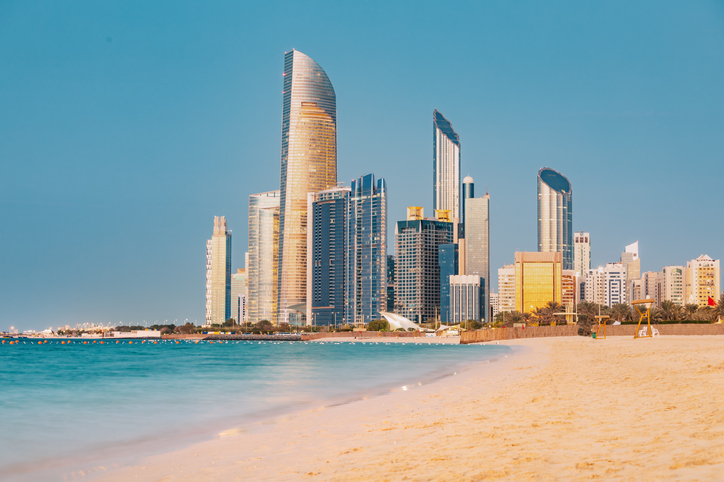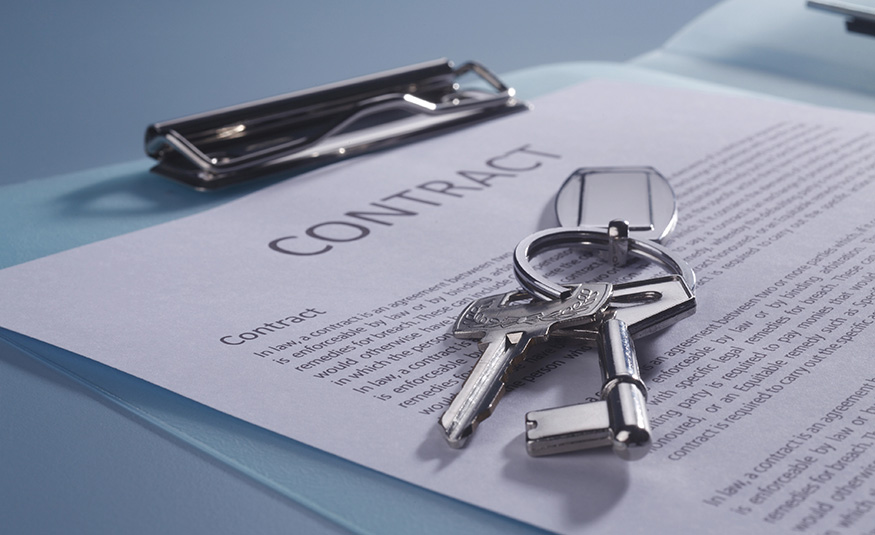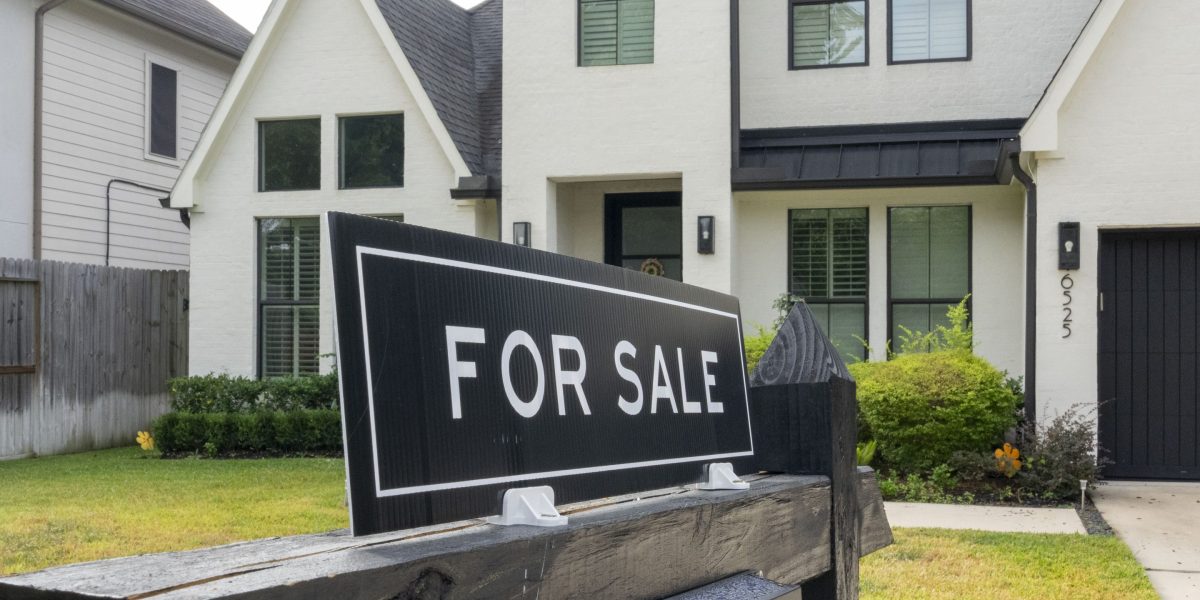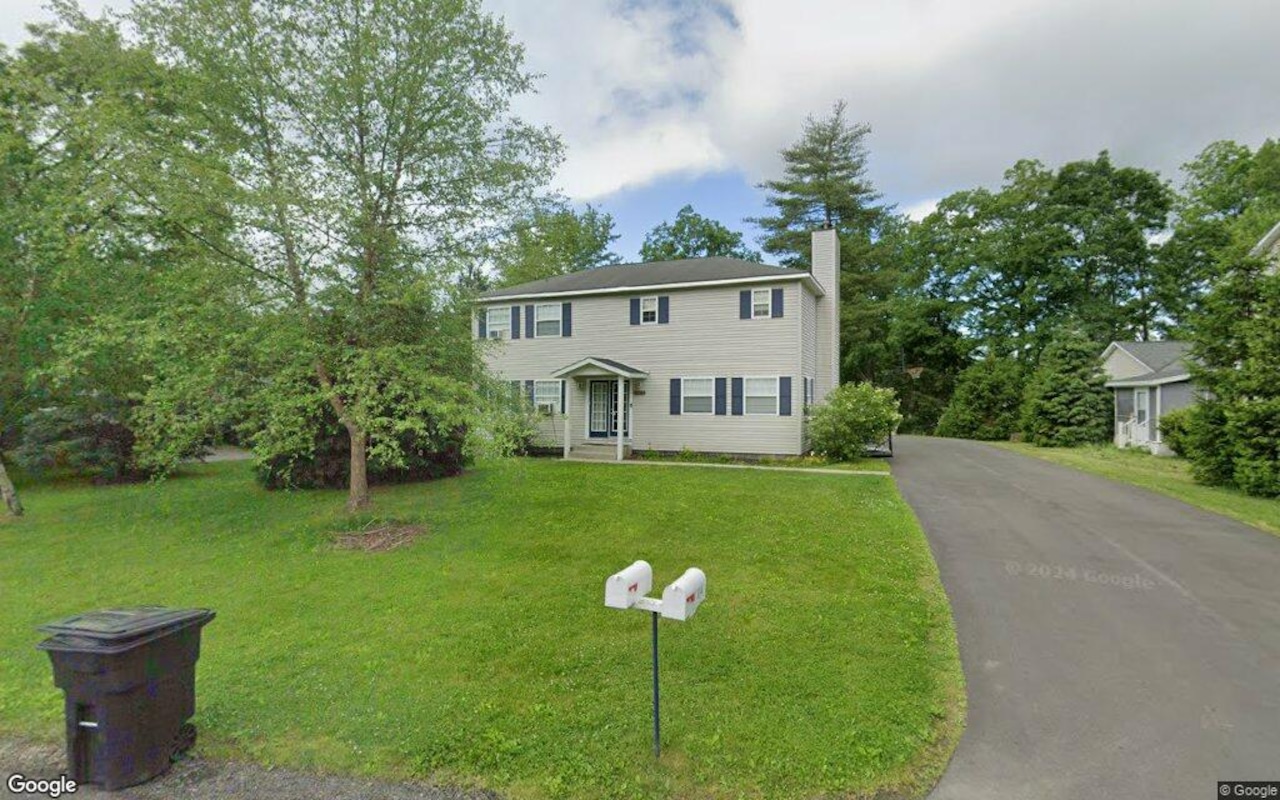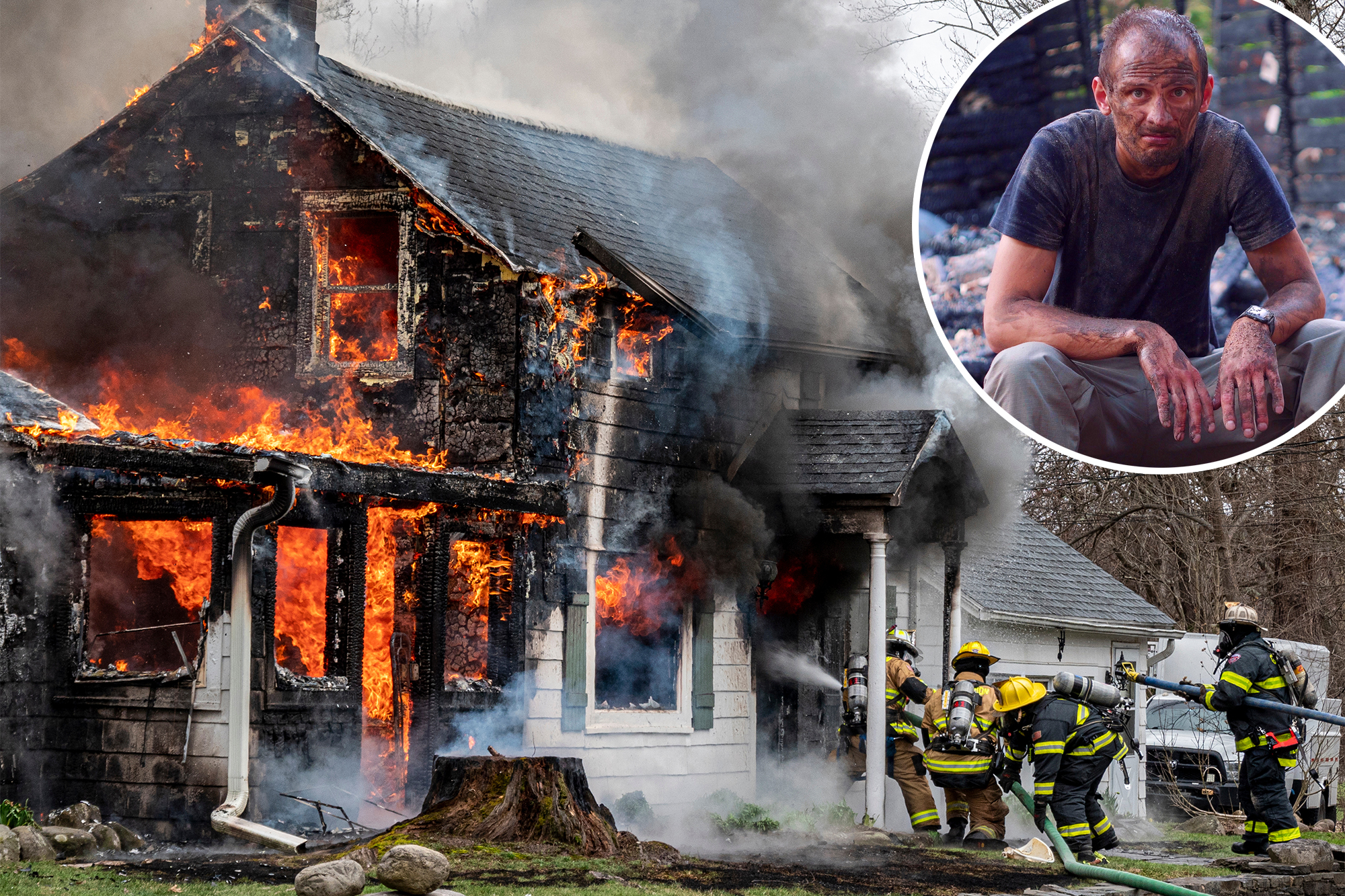R
esilience hubs are a crucial tool for real estate developers to consider as part of their preparation for a changing climate, according to a recent webinar hosted by ULI and the Urban Sustainability Directors Network (USDN). As climate change requires real estate to "future-proof" its assets and business models, resilience hubs can help the industry meet its goals for reducing risk and creating more vibrant, livable communities, as described in the ULI report, Social Spaces, Resilient Communities.
Momentum around resilience hubs as a tool for both the private and public sector has been growing across the country; major federal awards from the Bipartisan Infrastructure Law and Inflation Reduction Act and other sources have been flowing to targeted places where the needs are greatest.
Resilience hubs are trusted, community-led facilities that enhance the well-being of marginalized communities before, during, and after a disruption. They serve to enhance quality of life and social connections while acting as critical facilities that help communities stay safe and respond to disruptions. These facilities are especially useful in communities historically marginalized by land use policies and real estate practices, especially those impacting low-income communities of color.
Real estate has a critical role to play in scaling up resilience hubs. Hubs often spring up in community facilities such as churches, schools, or libraries, but can be integrated into any development project with proper planning and community engagement. The Maceo May multifamily development in San Francisco is one such place.
Resilience hubs can take many shapes. Experts Maria Galarza, deputy director of the Office of Sustainability for the City of Detroit, and Illya Azaroff, FAIA, founding principal of +LAB Architect and 2025 national president-elect of the American Institute of Architects, joined the webinar to share examples of resilience hubs completed and underway in Detroit and O’ahu, Hawaii.
Detroit’s A.B. Ford Community Center in the Lower East Side is a new facility recently opened to replace a previously closed recreational center. The waterfront neighborhood of Jefferson Chalmers, adjacent to the Detroit River, had identified the need for a social gathering center—a need which only intensified as the Covid-19 pandemic hit midway through stakeholder engagement.
As conversations unfolded, Galarza began integrating the idea of climate resilience into the discussions. “I brought the idea to the community of how, since we’re already talking about designing a new building in this park as a community center, how could this building now be used in times of emergency?” she said. “Whether it’s a pandemic, or the fact that the neighborhood had also experienced flooding, as we were thinking about building this new facility, we really wanted to think about both scenarios.”
The resulting design, shaped with significant community input, includes multipurpose meeting rooms, classroom space, administrative space, and a kitchen, serving as event and public assembly center for the surrounding Alfred Brush Ford Park. The building can also serve as a warming or cooling center as needed. To help with flood impacts, the larger park redesign around the building will include a new storm water management system.
Engagement was vital to success. “I really encourage everyone to go through an exercise where you do the programming with residents to really figure out how they want to use the space,” Garza said. “We were talking about a holistic place. It wasn’t just a building, it was also the activities that were happening outside it, and we were trying to bring people to that future scenario of how they were going to be, perhaps, spending their afternoons at this park, which is very well loved in the neighborhood.”
The Ko’olauloa Community Resilience Hub on O’ahu also originated from the community identifying a need for a more resilient gathering space. Their existing community center was in a flood zone and could not handle storms nor meet the need for a larger space. In partnership with Hui O Hau`ula, a local nonprofit and community organization, +LAB conducted a six-step process:
1. Assess the hazards of today & tomorrow
2. Analyze the site
3. Plan with the community
4. Align with government & funding programs
5. Design the site and buildings
6. Build the project
This process resulted in a design located on high ground above the floodplain and tsunami zone, built to the FEMA 361 guideline for safe rooms with near-absolute protection from hazards, and capable of sheltering 1,500 people for up to 30 days. The building design takes inspiration from an overturned canoe, highlighted as an ancient Hawaiian method for riding out storms. The structure incorporates significant renewable energy, from geothermal to wind turbines to solar with battery storage. The structure can operate off-grid if need be.
To meet community needs, the site includes community gardens based on indigenous agriculture and cultural regeneration, along with kitchens, classrooms, computer labs, and youth centers, a health and dialysis center, and more. About a dozen community partners, from local universities and food banks to land trusts, energy authorities, veterans services, and youth green jobs organizations will provide services through the hub. The project has applied for federal funding through FEMA’s Building Resilient Infrastructure and Communities (BRIC) grant, and has received congressional state earmarks for transportation, housing, and urban development alongside a technical assistance grant from the U.S. Energy Department.
Lessons and opportunities for real estateFor developers and owners looking to build resilience and support community in their projects, Azaroff notes that moving at the “speed of trust” is a prerequisite. “Gaining the trust of the community takes a great deal of time,” he said. “Trust starts with listening and respecting the fact that these communities are very powerful already, and what you’re doing is translating their goals to funding streams.”
Galarza agreed and noted that services can often be added to existing projects. “As a business, having a backup plan for your communities or your customers is important, and thinking about if you can have a service that’s community-driven,” she said. “For example, what else could you layer on to serve your customers or your residents, and even more so, those residents who are most vulnerable or higher need?”
Insurance is a huge part of the business case for resilience hubs as well. “Insurance is no longer insuring a lot of places that have high vulnerability and risk,” Azaroff notes. “Part of this process is that you’re building to a standard that alleviates that issue with insurance. If you look at the business side, there’s a huge ROI [return on investment] on this, on the social side but also an economic benefit to it.”
Azaroff also highlighted that significant funding is available for resilience hub projects and public-private partnerships (P3). “If you look at the Community Disaster Resilience Zones as well as the Justice40 Zones, there’s an incredible amount of federal dollars pouring into communities across the U.S. aimed at making sustainable, resilient, healthy, and equitable communities. To play the role of procurement of the right sites, unlocking that funding, and moving it forward is a great P3 opportunity with community groups, local government, and developers.” For more on how to design, operate, and maintain resilience hubs, be sure to check out the webinar recording and resources from USDN and ULI on resilience hubs and social infrastructure.
